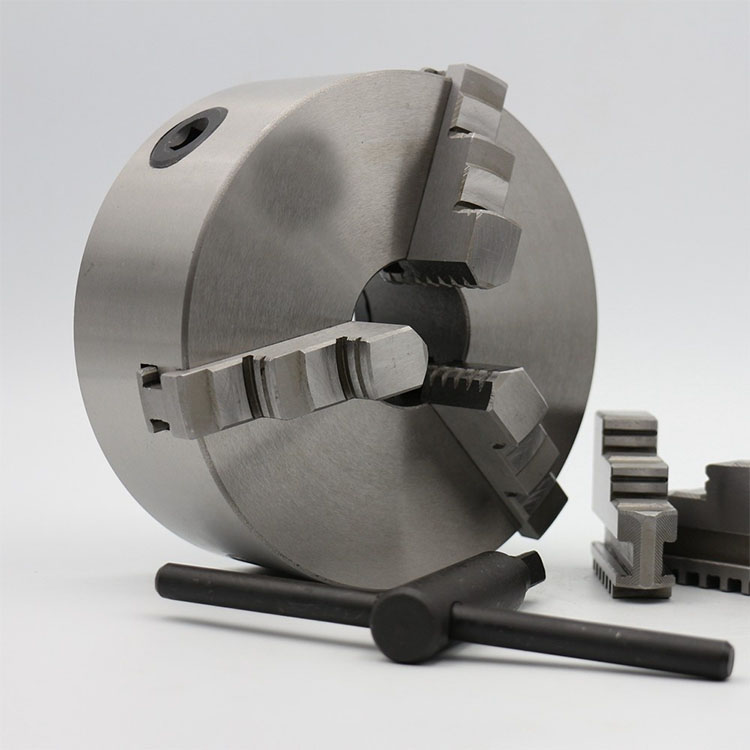dividing head Supplier
A dividing head, also known as an indexing head, is a crucial tool for machinists, enabling precise angular positioning of a workpiece. Choosing the right dividing head supplier is essential for quality, reliability, and long-term support. This guide explores the key factors to consider when selecting a supplier, ensuring you get the best tool for your specific needs.
Understanding Dividing Heads and Their Applications
Before diving into supplier selection, it's important to understand what a dividing head is and how it's used. A dividing head is a precision tool used primarily in milling operations. It allows the workpiece to be rotated accurately to predetermined angles or divisions. This is crucial for creating features like gears, splines, and other complex shapes. They are essential for tasks requiring precision indexing, such as gear cutting, flute milling, and engraving.
Types of Dividing Heads
There are several types of dividing heads, each with its own advantages and disadvantages:
- Direct Indexing Head: The simplest type, with a limited number of divisions directly on the spindle.
- Simple Indexing Head: Uses a crank and index plate to achieve a wider range of divisions.
- Universal Indexing Head: The most versatile type, capable of simple, direct, and differential indexing. It also supports helical milling when geared to the machine's leadscrew.
- CNC Rotary Table: While technically not a traditional dividing head, CNC rotary tables offer precise, computer-controlled indexing and are becoming increasingly common.
Key Features to Consider
When selecting a dividing head, consider these important features:
- Accuracy: The accuracy of the indexing mechanism is paramount. Look for specifications regarding angular accuracy, often measured in arcseconds.
- Capacity: Consider the size and weight of the workpieces you'll be machining. Ensure the dividing head has sufficient capacity.
- Spindle Taper: The spindle taper should match your machine's tooling system (e.g., MT2, MT3, MT4, or 5C collet).
- Indexing Range: Determine the range of divisions required for your applications.
- Build Quality: Look for robust construction and high-quality materials for long-term durability.
Finding the Right Dividing Head Supplier
Choosing the right supplier is as important as choosing the right dividing head. Here's what to look for:
Reputation and Experience
Look for suppliers with a proven track record of providing high-quality dividing heads. Research their reputation through online reviews and testimonials. A supplier with many years of experience, like Wayleading Tools, is more likely to understand your needs and offer reliable products.
Product Range and Customization
A good supplier should offer a wide range of dividing heads to suit different applications and budgets. They should also be able to provide customization options, such as different spindle tapers or specialized indexing plates.
Technical Support and Service
Ensure the supplier offers excellent technical support and after-sales service. This includes providing detailed product information, answering technical questions, and offering repair and maintenance services. The availability of spare parts is also crucial.
Price and Value
While price is an important factor, don't sacrifice quality for cost. Consider the overall value of the dividing head, including its accuracy, durability, and the supplier's support services. Request quotes from multiple suppliers and compare their offerings.
Comparing Dividing Head Suppliers: A Practical Approach
Here's a simple table to help you compare potential dividing head suppliers:
| Supplier | Reputation | Product Range | Technical Support | Price |
|---|---|---|---|---|
| Supplier A | Good | Wide | Excellent | Moderate |
| Supplier B | Average | Limited | Good | Low |
| Supplier C | Excellent | Wide | Average | High |
*This is a sample table. Actual supplier information should be researched and verified.
Maintaining Your Dividing Head for Longevity
Once you've chosen a dividing head and a reliable supplier, proper maintenance is key to ensuring its longevity and accuracy. Regular cleaning, lubrication, and inspection can help prevent premature wear and tear. Refer to the manufacturer's instructions for specific maintenance recommendations.
Conclusion
Selecting the right dividing head supplier requires careful consideration of your specific needs and the supplier's reputation, product range, technical support, and price. By following the guidelines in this article, you can make an informed decision and choose a supplier that will provide you with a high-quality, reliable dividing head for years to come.
Related products
Related products
Best selling products
Best selling products-
 3 Flutes HSS Counterbore Drill Bit With Metric And Inch Size
3 Flutes HSS Counterbore Drill Bit With Metric And Inch Size -
 M42 Bi-Metal Bandsaw Blades For Industrial Type
M42 Bi-Metal Bandsaw Blades For Industrial Type -
 Precision Monoblock Vernier Caliper With Nib Style Jaws Of Metric & Imperial For Industrial
Precision Monoblock Vernier Caliper With Nib Style Jaws Of Metric & Imperial For Industrial -
 Precision Micrometr Holder For Micrometer
Precision Micrometr Holder For Micrometer -
 Precision 8pcs & 9pcs Angle Blocks Set With High Quality Type
Precision 8pcs & 9pcs Angle Blocks Set With High Quality Type -
 K11 Series 3 Jaw Self Centering Chucks For Lathe Machine
K11 Series 3 Jaw Self Centering Chucks For Lathe Machine -
 ANSI B94 HSS Jobber Length Drill Bits Fully Ground
ANSI B94 HSS Jobber Length Drill Bits Fully Ground -
 Precision IP67 Digital Caliper With Data Output For Industrial
Precision IP67 Digital Caliper With Data Output For Industrial -
 ISO Metric Hexagon Die With Right Hand
ISO Metric Hexagon Die With Right Hand -
 DIN333A HSS Center Drills With Milled & Fully Ground Flute
DIN333A HSS Center Drills With Milled & Fully Ground Flute -
 Plain Back ER Collet Fixture With Lathe Collet Chuck
Plain Back ER Collet Fixture With Lathe Collet Chuck -
 131PCS Thread Repair Set And Helicoil Type Thread Repair Set
131PCS Thread Repair Set And Helicoil Type Thread Repair Set











